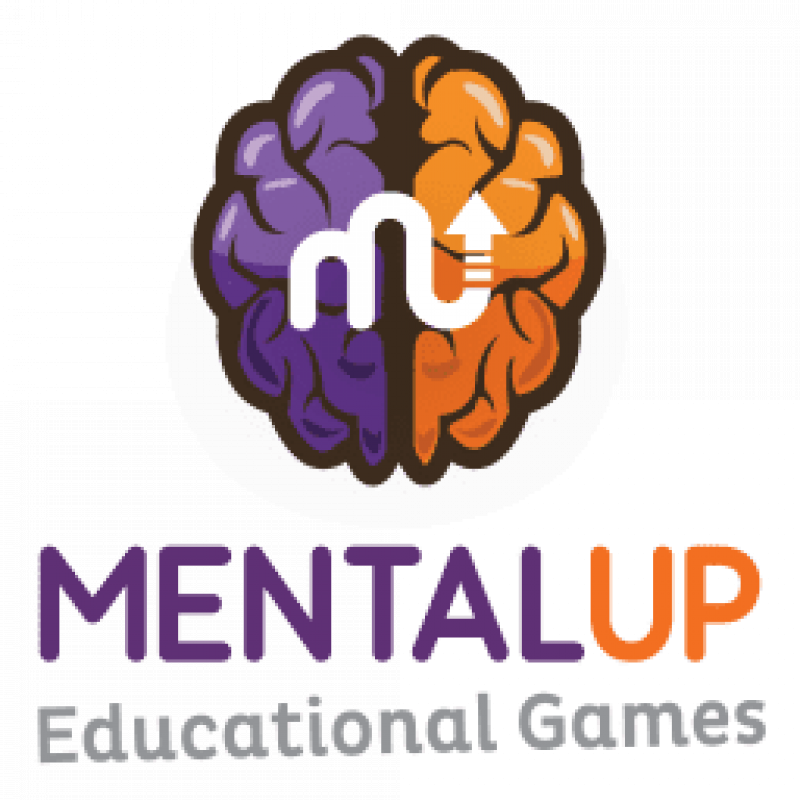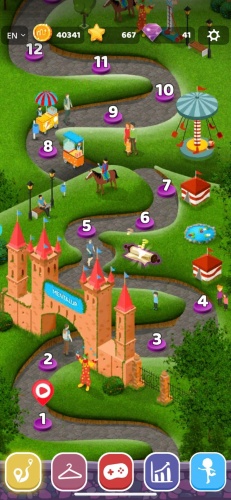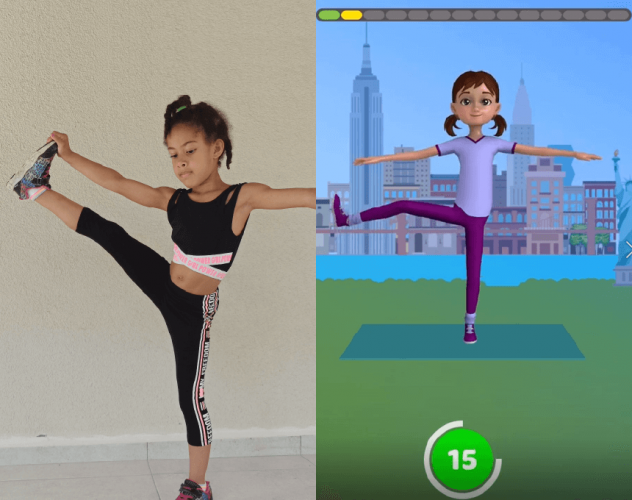Recognise and name common 2-D and 3-D shapes, including 2-D shapes [for example, rectangles (including squares), circles and triangles] and 3-D shapes [for example, cuboids (including cubes), pyramids and spheres].
Given a number, identify one more and one less.
Order and arrange combinations of mathematical objects in patterns and sequences.
Recognise, find and name a half as one of two equal parts of an object, shape or quantity.
Recognise, find and name a quarter as one of four equal parts of an object, shape or quantity.
Compare, describe and solve practical problems for time [for example, quicker, slower, earlier, later].
Solve one-step problems involving multiplication and division, by calculating the answer using concrete objects, pictorial representations and arrays with the support of the teacher.
Ask and answer simple questions by counting the number of objects in each category and sorting the categories by quantity.
Measure and begin to record the lengths.
Measure and begin to record heights.
Measure and begin to record mass/weight.
Measure and begin to record capacity and volume.
Find different combinations of coins that equal the same amounts of money.
Solve simple problems in a practical context involving addition and subtraction of money of the same unit, including giving change.
Describe position, direction and movement, including whole, half, quarter and threequarter turns.
Recognise and know the value of different denominations of coins and notes.
Use place value and number facts to solve problems.
Compare, describe and solve practical problems for lengths and heights [for example, long/short, longer/shorter, tall/short, double/half].
Represent and use number bonds and related subtraction facts within 20.
Add and subtract one-digit and two-digit numbers to 20, including zero.
Solve one-step problems that involve addition and subtraction, using concrete objects and pictorial representations, and missing number problems such as 7 = – 9.
Solve problems with addition and subtraction using concrete objects and pictorial representations, including those involving numbers, quantities and measures.
Compare, describe and solve practical problems for mass/weight [for example, heavy/light, heavier than, lighter than].
Add and subtract numbers using concrete objects, pictorial representations, and mentally, including a two-digit number and ones a two-digit number and tens, two two-digit numbers, adding three one-digit numbers.
Apply phonic knowledge and skills as the route to decode words.
Respond speedily with the correct sound to graphemes (letters or groups of letters) for all 40+ phonemes, including, where applicable, alternative sounds for graphemes.
Continue to apply phonic knowledge and skills as the route to decode words until automatic decoding has become embedded and reading is fluent.
Form capital letters.
Form digits 0-9.
Spelling words containing each of the 40+ phonemes already taught.
Naming the letters of the alphabet in order.
Identify and describe the properties of 2-D shapes, including the number of sides and line symmetry in a vertical line.
Read and write numbers from 1 to 20 in numerals and words.
Read easily, fluently and with good understanding.







User reviews for MentalUp Educational Games
You need to log in to post a review.